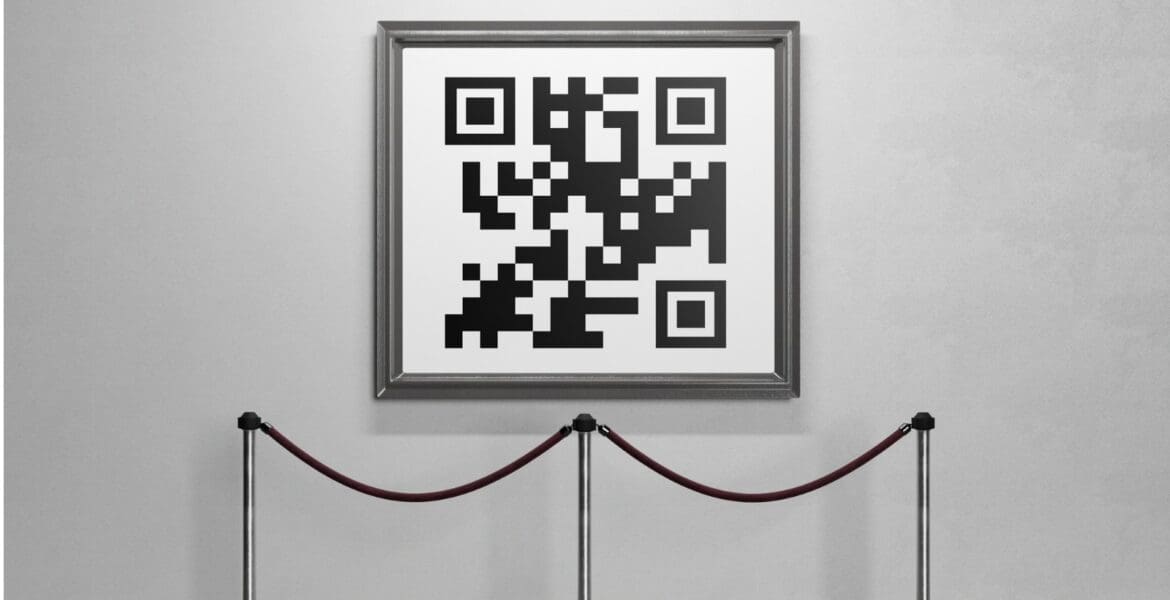By Matt Wurst, CMO, Mint
Non-fungible tokens (NFTs) are the newest tool for brands to develop content, communities, experiences, utilities… basically an entire virtual economic ecosystem on the blockchain. We’re still in such an early phase that no one brand or marketing team is doing it perfectly just yet but that’s not stopping the deluge of brands jumping in.
Any company with curious, passionate, loyal fans, consumers or active community members can (and should) be thinking about how NFTs could work as brand-building, engagement-driving, even revenue-generating tools.
NFTs will absolutely be an essential tool in the brand marketing playbook for the next two decades. It may feel arduous to re-think how consumers connect with your brand or re-consider where budgets are spent but companies of all sizes and shapes are embracing this future.
The Marketing Playbook Has Not Changed
The marketing playbook hasn’t actually changed much. Even with NFTs and Web3, the successful model and approach from 50 and 25 and 10 years ago still apply. The same questions must be asked and answered:
- Insights: What do we know about our audience? Their expectations? The other platforms they use to consume and create content?
- Strategy: What does the brand want to accomplish? How does it define the value exchange between itself and consumers? What can they each offer each other?
- Creative: What assets can be created and leveraged by brands to unlock this value exchange?
- Promotion: How do we get people into the funnel? What channels do we leverage?
- Engagement: What is needed to leverage the power of the people to connect, participate, engage, and share?
- Measurement: What are the KPIs? What tools and platforms can we use to gauge effectiveness? What have we learned? And how do we do it better the next time?
In the early days of social media (way, way back in 2008 and 2009), innovative brands and early adopters put a stake in the ground and established their presences on social media channels.
For some, it was a no-brainer. Others required a bit more convincing. It wasn’t always clear who should own it or where the budgets would come from but here we are.
With NFTs, who decides what to do? Who should actually own this new… thing… at your company?
Anyone inside the digital or marketing teams at a company can champion it at the moment but power dynamics and internal organization structures always play bigger roles.
For now, the right answer to the question “Who should own this?” is whoever is most comfortable and free to operate within increasingly decentralized ownership and lack of control.
No matter who ultimately claims responsibility for these outputs and outcomes within the organization, agencies, platforms and in-house leads must all collaborate to push adoption and acceptance of the new technologies, currencies, content, communities and distributed network models.
There Is More to This Than JPEGs and Videos
Determining what to create and make should follow the familiar processes your team has spent years getting right:
The Chicago Bulls minted and sold assets featuring their championship rings for fans to collect. Budweiser’s first collection minted 1,936 unique digital cans that sold out in minutes. Specific tactics will be different for every brand but we’re already seeing some good initial proofs of concept and opportunities with utility come to life.
Retailers will use NFTs to incentivize real-life experiences, utilizing creators and assets to drive traffic to points of purchase. NFTs will open up access to services and features, influencers and experiences, travel, food, gaming, borrowing and banking, collecting and collaboration, even activism and lobbying.
You may not see immediate direct returns on your bottom line but working these tactics into your marketing mix will require a steadfast adherence to the overall mission and brand objectives and ongoing optimization over time.
Who Else Is Doing This?
The answer to this question is increasingly becoming “Who ISN’T doing it?
Some of the earliest companies getting into this NFT space are already seeing significant revenue contributions but others are more focused on building equity and driving deeper connections with customers, consumers and collectors.
Either way, the YoY growth is staggering. According to @DappRadar): NFT Market Sales Volume in 2020 was less than $100 Million. In 2021, it exceeded $23 Billion.
Whereas some initial NFT markets and blockchains already have a high volume of peer-to-peer transactions, established brands and institutions will need some assurances that they are engaging in safe, secure, verifiable, data-friendly experiences. The good news is that there are already technology partners and solutions that offer more centralized control to make branded, white label implementation much simpler and safer.
NFTs can be sold just like any other product, thus reducing friction for brands, streamlining the process and improving accessibility and inclusivity to get more people involved into this emerging world. Successful NFT projects require strategic and creative development, asset creations, an operational and marketing plan, as well as a technology platform/partner to mint and store the assets on the blockchain.
This Sounds… Expensive. But It Doesn’t Have To Be.
While creative and strategy resources are required to do this well, the actual minting and merchandising of NFTs is a simple process. And the opportunity to drive additional revenue can more than offset any costs.
As the model moves from one where “Money buys distribution” to one where “Money is distribution,” consumers can co-profit from your business success through this tokenization. Once released, brands can leverage token to create new experiences that keep holders more engaged AND paying royalties back to the creator in secondary market transactions.
NFTs are best suited for those in it for the long run: Builders, artists, creators, culturally-relevant brands and visionaries.
In the short term, many can profit from this as a short-term cash grab. But this new world isn’t built for money. It’s built ON money. This means everything will have tokens, assets that act like digital keys to doors that create opportunities and enable humans to claim ownership of non-physical items. They will connect loyal fans and customers to your shop, your brand, for the long term. That will, undoubtedly, make it worth the investment.






